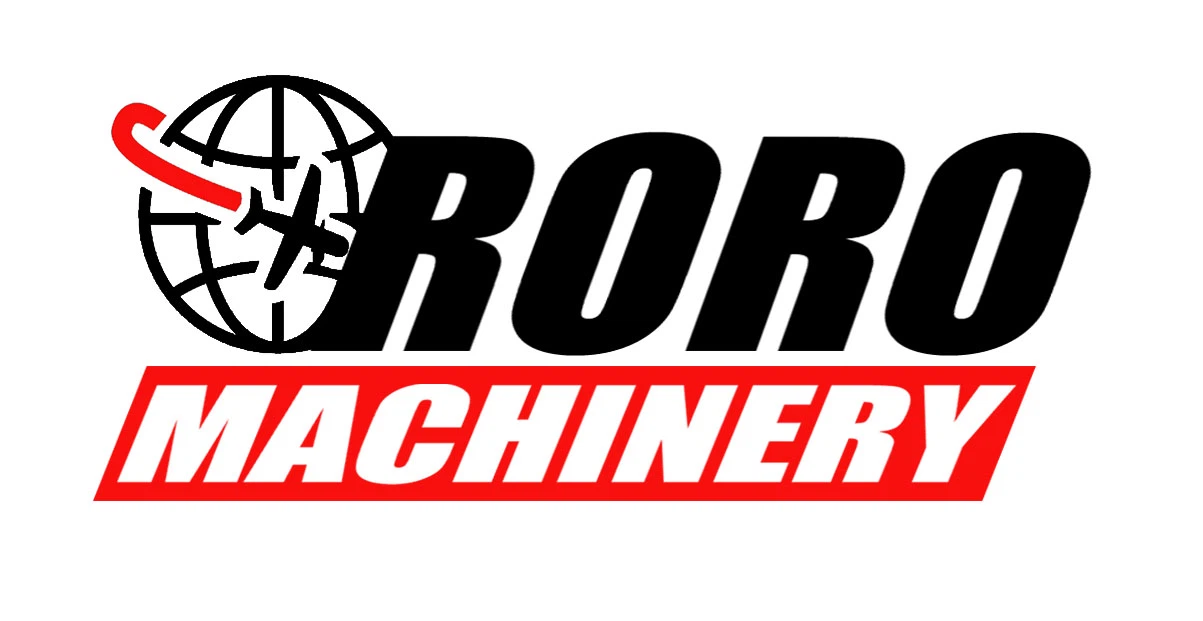General knowledge of wheel loader
Jul 31, 2023
Leave a message
Wheel loaders are essential machines in various industries, but not everyone is familiar with their functional characteristics and structure. A wheel loader consists of four major components, namely the engine, torque converter, gearbox, and front and rear drive axles. Each of these components performs a critical function in the operation of the wheel loader.
The engine is the power source of the wheel loader and provides the energy needed to operate the entire machine. It drives the torque converter, which converts the engine's power to hydraulic power. The torque converter enhances the performance and efficiency of the engine by providing torque multiplication and load leveling capabilities.
The gearbox is responsible for changing the gear ratios of the wheel loader, which enables it to maneuver in various environments. The front and rear drive axles, also known as the final drive, are responsible for transmitting power from the gearbox to the wheels.
Understanding these four major components is essential when operating and maintaining a wheel loader. With proper knowledge and maintenance, the machine can operate efficiently and effectively, meeting the demands of various industries and applications.
A machine that can transform various types of energy into mechanical energy is called an engine. There are different types of engines, such as the internal combustion engine, external combustion engine, and motor.
The torque converter consists of three pumps: the working pump, the steering pump, and the supply pump. The working pump is responsible for supplying oil to lift and prevent bucket pressure, while the steering pump provides steering pressure oil. These pumps play a crucial role in the functioning of the torque converter.
The gearbox generally refers to the transmission system of a car, which can be classified into two types: manual and automatic. In the manual gearbox, gears and shafts are the primary components responsible for generating various speeds and torque by engaging different gear combinations. On the other hand, the automatic transmission (AT) comprises a hydraulic torque converter, planetary gears, and a hydraulic control system to achieve variable speed torque through hydraulic transmission and gear combination.
The drive axle housing, main reducer, differential, and wheel transmission device form the drive axle, which plays a crucial role in the operation of loaders. It is responsible for diverting power from the universal transmission device at a 90 ° angle, altering the direction of force transmission, and reducing the speed of the main reducer while increasing torque. Through the differential, the force is then distributed to the drive wheels and left and right half shafts. Loaders have gained immense popularity in earthwork construction due to their remarkable benefits, including high operational speed, excellent maneuverability, and ease of use. However, it should be noted that if loaders do not receive proper accessory maintenance, they can result in excessive costs. Hence, it is essential to follow specific guidelines for daily maintenance.
In order to comply with safety requirements and ensure their protection, loader drivers must adhere to certain guidelines regarding their attire and take necessary precautions.
It is important to display warning signs in areas where loaders are operating in small or hazardous spaces to alert people of potential danger. This precaution can help prevent accidents and injuries in the surrounding area.
When conducting maintenance or inspections, it may be essential to insert an anti-rotation rod at the center hinge to prevent the front and rear frames from rotating. This precaution can help ensure that your equipment is safe to use and functioning as intended. Therefore, it's crucial to carefully follow all the relevant guidelines and instructions when performing this task. By taking the necessary steps to secure your equipment, you can ensure that it continues to operate optimally and that any potential issues are identified and addressed promptly.
It is of utmost importance to acquire essential knowledge prior to operating a loader. This includes thorough reading of the user manual and other relevant operation and maintenance documents. These regulations must be strictly obeyed to avoid any grave repercussions and avoid losses.
